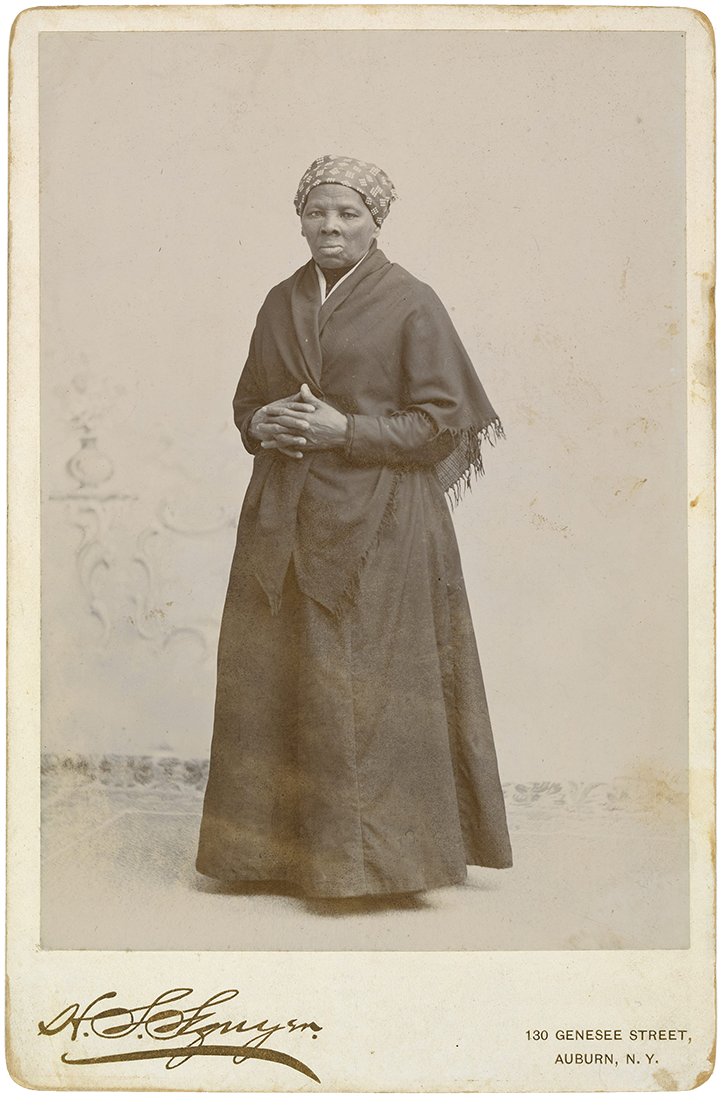US Mint releases commemorative coins to honor abolitionist hero Harriet Tubman
- Oops!Something went wrong.Please try again later.
- Oops!Something went wrong.Please try again later.
The U.S. Mint began selling coins to commemorate Harriet Tubman on Thursday, ten years after former President Barack Obama proposed placing the abolitionist hero on the $20 bill.
Commemorative Tubman coins – $5 gold coins, $1 silver coins, and half-dollar coins – were available for preorder starting Thursday and would begin shipping in February, USM announced. A set of all three coins was listed for $836.25.
"Every coin produced by the United States Mint helps to tell a story that teaches us about America’s history or connects us to a special memory,” said Ventris C. Gibson, director of the U.S. Mint, in a news release. "We hope this program will honor the life and legacy of Harriet Tubman and inspire others to learn more about this amazing woman."
The price of each coin carries a surcharge; $35 for each $5 gold coin sold; $10 for each silver dollar sold; and $5 for each half dollar sold. The surcharge, according to USM, will paid equally to the National Underground Railroad Freedom Center in Cincinnati, Ohio, and The Harriet Tubman Home, Inc., a non-profit organization based in Auburn, New York.
The announcement comes after Obama launched the effort to get Tubman on the $20 bill in 2014 after receiving a letter from a girl from Massachusetts saying women should appear on currency. Obama called it "a pretty good idea."
U.S. Rep. Gregory Meeks introduced legislation to create the coins during Black History Month in February 2020.
"Harriet Tubman was a woman of incredible courage who remains a symbol of strength and leadership in periods of overwhelming hardship. As a crucial conductor in the underground railroad, she created a beacon of hope for slaves who fled from the undignified cruelty of human bondage," Meeks said at the time.
Who was Harriet Tubman?
Tubman was born Araminta "Minty" Ross in the early 1820s in Dorchester County, Maryland. She was enslaved at a young age and began working the field harvesting flax at age 13.
She escaped when she was around 27 years old and returned to Maryland about 13 times to rescue as many as 70 enslaved people through the Underground Railroad, a network of escape routes and safe houses organized by Black and white abolitionists.
If she had been caught, she would've faced physical punishment and been sold back into slavery in the Deep South due to the 1850 Fugitive Slave Law.
During the Civil War, Tubman also worked for the Union Army as "a scout, spy, guerrilla soldier, and nurse," according to the National Women's History Museum, making her one of the first Black women to serve in the military.
After the war, Tubman became involved in the campaign for women's suffrage along with Elizabeth Cady Stanton and Susan B. Anthony, according to the National Parks Service.
She purchased a home in Auburn, New York, in 1859 and established a home for the elderly. She died there in 1913 and was buried with military honors at Fort Hill Cemetery.
Obama’s treasury secretary, Jacob Lew, asked for public comment about who should be added to the nation's currency. In April 2016, Obama announced that Tubman would replace Andrew Jackson on the $20 and that Jackson would be moved into a scene of the White House on the reverse side.
Jackson, the nation's seventh president, owned 95 enslaved people months before he became president, and brought 14 of them to the White House.
For years, critics have called for Jackson to be removed from the $20 bill because of his legacy of supporting the institution of slavery and his role in the forced, violent transfer of tens of thousands of Native Americans from the South on what became known as the Trail of Tears.

This article originally appeared on USA TODAY: Harriet Tubman commemorative coins available for preorder: US Mint

